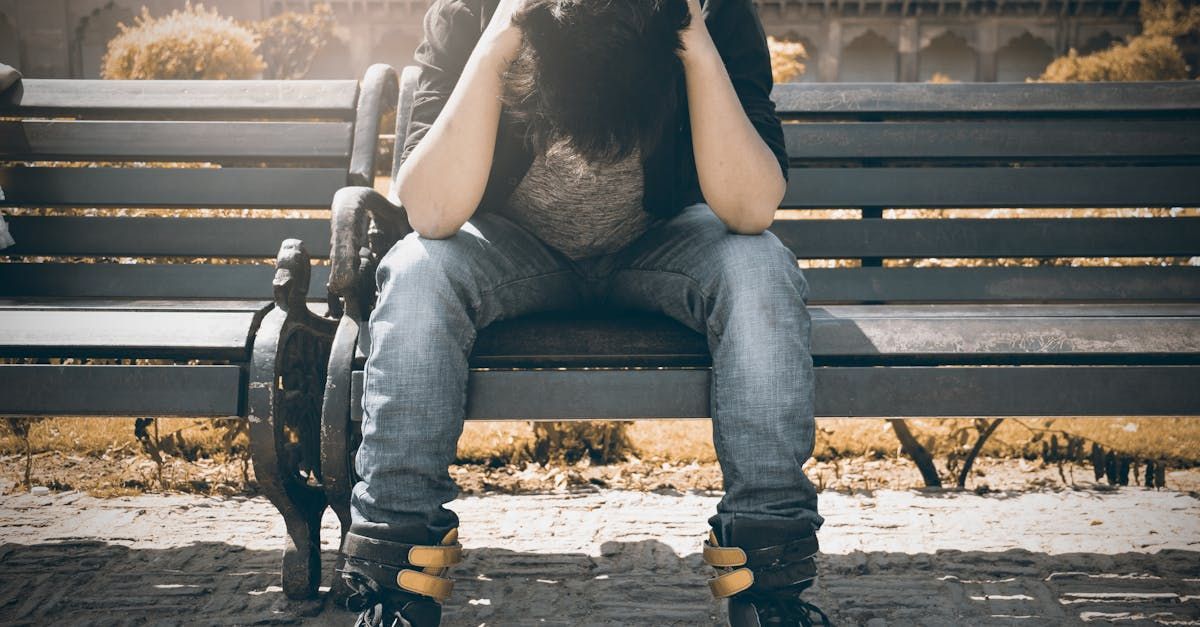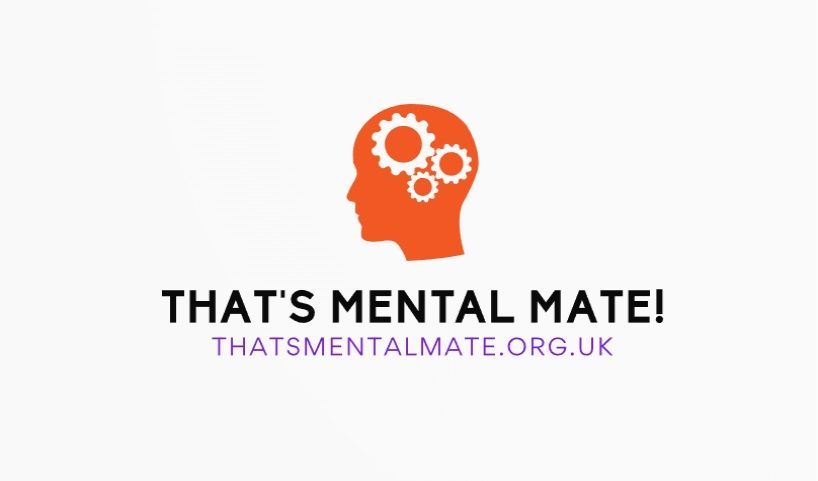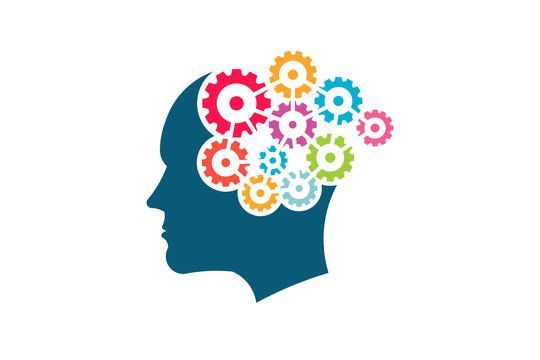Anhedonia

Anhedonia, a common experience in alcohol and drug addiction as well as during recovery, is characterized by an inability to feel pleasure or joy. When anhedonic, activities once enjoyable become unfulfilling, leading to emotional numbness. It is also a key symptom of depression.
There are two types of anhedonia: social (disinterest in social interactions) and physical (lack of pleasure from activities like eating or exercising). Addressing anhedonia is crucial in preventing relapse, as it is linked to cravings.
Coping with anhedonia is challenging. Advice given in addiction rehab or recovery settings may feel disconnected for those struggling to experience positive emotions. It can be tough to see the value in developing healthy routines or trying new activities that fail to evoke pleasure. Nevertheless, there is hope in acknowledging that anhedonia is not permanent. Taking proactive steps to develop new coping strategies, establish routines, and adopt healthy habits is vital in overcoming it.
Anhedonia and the brain
Anhedonia, like many addiction symptoms, has a neurobiological basis rooted in the brain's dopaminergic, mesolimbic, and mesocortical circuits, all of which are associated with reward. While not everyone with addiction experiences anhedonia, those who do are at a higher risk of developing addiction. This is understandable, as substances can temporarily alleviate feelings of numbness.
Unfortunately, addiction often worsens baseline anhedonia. Anhedonia is also very common during recovery, as the brain’s neurochemistry adjusts to a new baseline after prolonged substance use. The good news is that anhedonia typically improves with sustained abstinence, meaning the longer you remain in recovery from drugs or alcohol, the better you will feel.
Signs of anhedonia
- Isolating yourself, as the company of others is unappealing
- Loss of interest in hobbies
- Skipping events
- Food, exercise and sex don’t interest you
- Dulled or absent positive emotions
How do I stop feeling so numb?
Anhedonia can feel like a trap—you're aware of the activities that could aid your healing, yet they fail to elicit any feelings. It's crucial to be gentle and patient with yourself, as overcoming anhedonia takes time. Establishing a solid self-care routine and building positive habits will support your recovery.
Self-care
When experiencing anhedonia, it's essential to cover the basics of self-care. While these actions aren't quick fixes for feeling better, they create a foundation that enables you to engage in activities that promote healing. Exercise, hydration, a balanced diet, adequate sleep, and exposure to sunlight are crucial for maintaining physical and mental health. These practices keep you stable, healthy, and strong, allowing you to fully participate in your recovery and work on preventing relapse. Given the link between anhedonia and relapse, it's important to address it seriously. If you're struggling with anhedonia during addiction recovery, consult a professional for additional treatment options.
Therapy
Therapy is crucial for addressing negative thoughts, emotions, traumas, and strong feelings. It helps you understand and tackle the issues that led to your addiction, but it has limitations in treating anhedonia. Therapy primarily focuses on managing negative emotions like grief and anger, whereas anhedonia involves a lack of positive emotions, which therapy is less equipped to address.
This is why effective strategies for overcoming anhedonia often come from real-world actions and practices rather than traditional therapy. These strategies involve engaging with the world and forming connections with yourself and others. However, the progress you make in therapy can facilitate these actions.
It's important to recognize that long-term recovery strategies aimed at reducing anhedonia may not yield immediate positive feelings. You might continue to feel numb for a while, which can be frustrating. This doesn’t mean the strategies aren’t working. Your brain needs time to heal, and your new habits need time to take root.
Mindfulness
Several studies have demonstrated that mindfulness positively impacts anhedonia. For instance, an 8-week clinical trial published in the journal Affective Science found that participants practicing mindfulness-based stress reduction showed improvement in their social anhedonia. Another 2023 study examined Mindfulness-Oriented Recovery Enhancement (MORE) for long-term opioid users, focusing on training the mind to savour natural rewards—a challenge for those with anhedonia. This 8-week trial also yielded positive results. Both studies suggest that practicing mindfulness, which emphasizes staying present, can help alleviate anhedonia.
The gift of time
Anhedonia is especially pronounced during the initial stages of addiction treatment and early rehab, but it can persist for a considerable time beyond this phase. However, as you continue to heal and maintain sobriety, anhedonia will gradually diminish. Be patient and kind to yourself. The efforts you invest in your sobriety now will yield benefits in the future.


